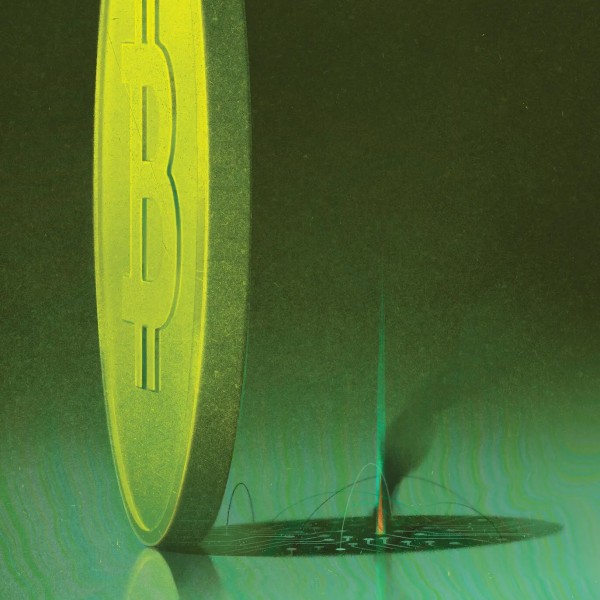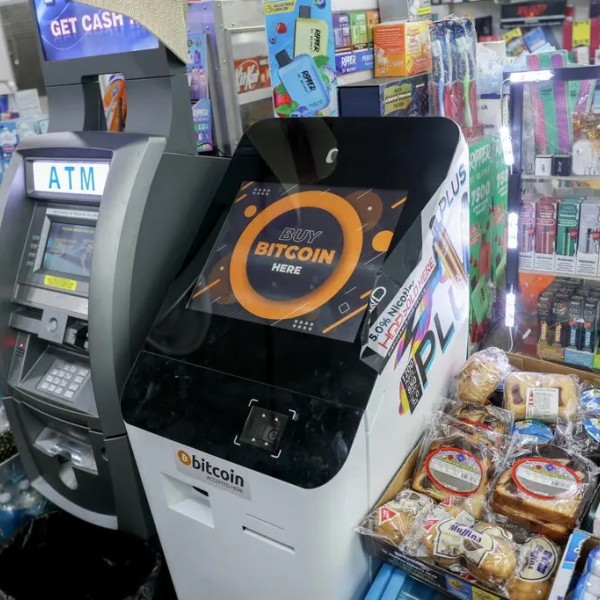The S&P 500 pulled back on Friday after brushing a new record, with investors cashing out gains from a strong week. The index fell 0.29% to close at 6,449.80, while the Nasdaq Composite dropped 0.40%, ending the session at 21,622.98.
The Dow Jones Industrial Average was the only one in green, closing at 44,946.12 after rising 0.08%, or 34.86 points, with most of that push coming from one stock; UnitedHealth.
This came after a solid week across the board. Traders were cashing out some of their winnings. But Friday’s weakness wasn’t just about profit-taking. Chips were bleeding. Applied Materials plunged 14%, dragging the VanEck Semiconductor ETF (SMH) down 2%.
Even Nvidia dipped close to 1%, which is pretty rare after weeks of AI-fueled hype. But consumer confidence took a hit too, with the University of Michigan’s index for August dropping to 58.6, down from 61.7 last month, mostly because people are still freaking out over inflation.
UnitedHealth rockets after Buffett, Burry, Tepper pile in
The only reason the Dow didn’t completely fall apart was because UnitedHealth Group ripped higher. The healthcare giant gained 12%, its best day since March 2020, after a bunch of heavyweight investors threw serious money behind it.
Warren Buffett’s Berkshire Hathaway bought 5 million shares, worth around $1.6 billion, as shown in a filing with the Securities and Exchange Commission. That news alone sent the stock flying.
Shortly after, Michael Burry, the same guy who called the housing crash, and David Tepper from Appaloosa Management both disclosed new positions in UnitedHealth in their own SEC filings. That much money flowing into a single company in one day?
Obvious reaction. It pushed the Dow Jones to an intraday record before it slipped back down. The company, often viewed as a benchmark for the health sector, became the entire story of the day.
Valuation concerns rise as S&P trades near dotcom levels
Away from all that, the rest of the stock market looks like it’s walking straight into another bubble. Bank of America’s Michael Hartnett warned that the S&P 500 is now trading at 5.3 times its price-to-book ratio, which is higher than the reading from March 2000, right before the dotcom mess collapsed everything.
That valuation has only been seen during the late 90s, when everyone thought the internet would make them rich forever. “It better be different this time,” Michael said in a note sent Thursday.
The difference now? AI stocks like Nvidia are getting flooded with investor cash, and everyone’s hanging onto every inflation report, hoping it means the Federal Reserve will cut rates soon. The latest data this week revived that hope. But not everyone thinks a rate cut will hurt the banks.
Barclays strategist Venu Krishna said on Friday that the financial sector doesn’t always crash when rates fall. He said, “Falling rates are not a headwind for the sector unless the central bank is cutting into a recession. Earnings and valuations are supportive.” He also pointed to possible deregulation and mergers as reasons why the sector still looks strong.
That view didn’t stop Buffett from trimming down his holdings in Bank of America, though. His firm sold 26.3 million shares in the second quarter, dropping Berkshire’s ownership down to 8.1%. But Piper Sandler analysts don’t see that as a big deal. They noted that Bank of America has been buying back more stock than Buffett is offloading. “The market is hopefully attuned to the regular sales,” they said. “BAC’s solid capital position means that it has the wherewithal to buy back every Q significantly more stock than Berkshire is selling… Thus, the practical impact of Berkshire’s sales should be negligible.”
But the market’s strength is all riding on a bunch of assumptions. If inflation cools more, if the Fed cuts, if AI names keep climbing, if nobody pulls the plug. Big “ifs” everywhere.
KEY Difference Wire helps crypto brands break through and dominate headlines fast




